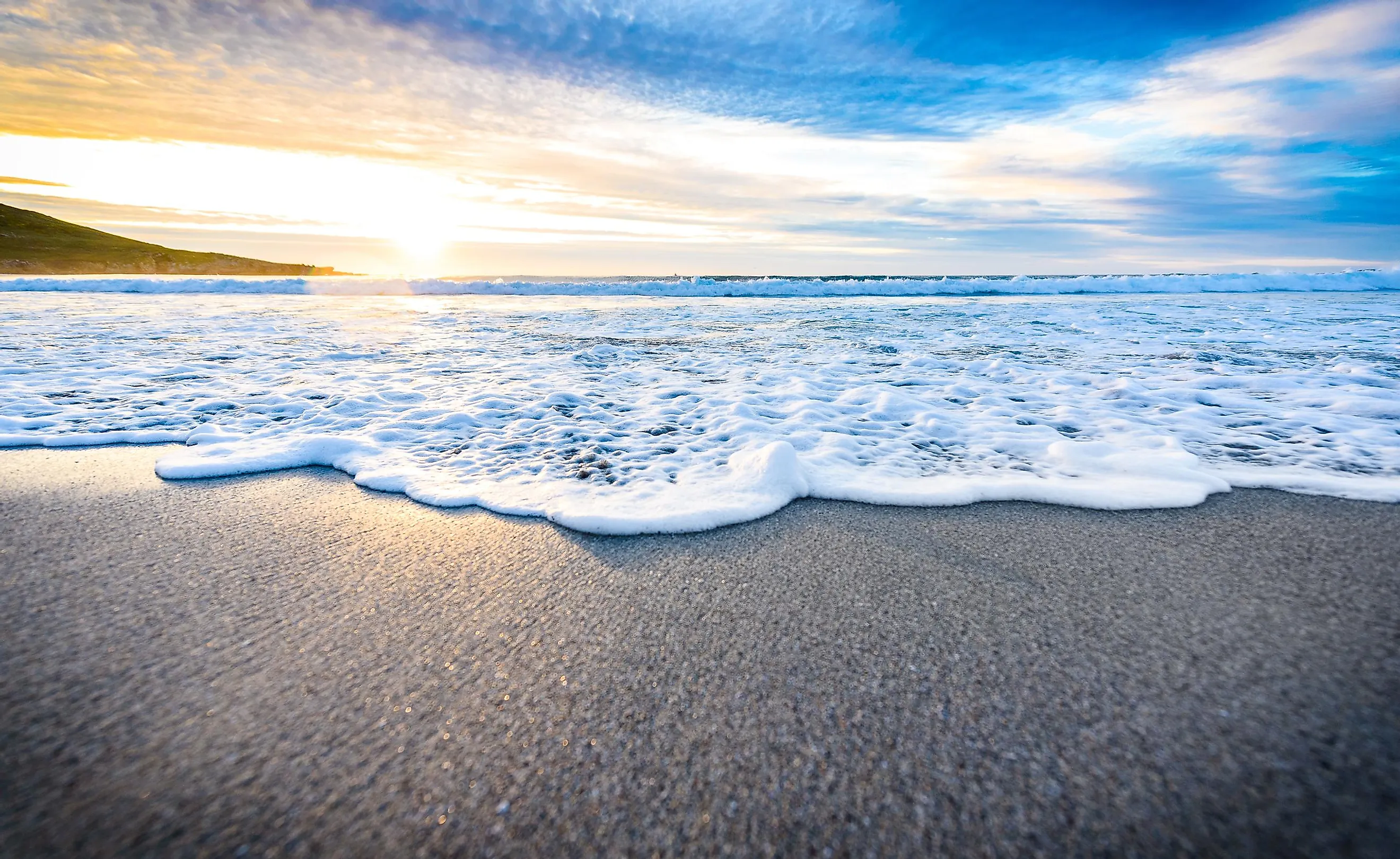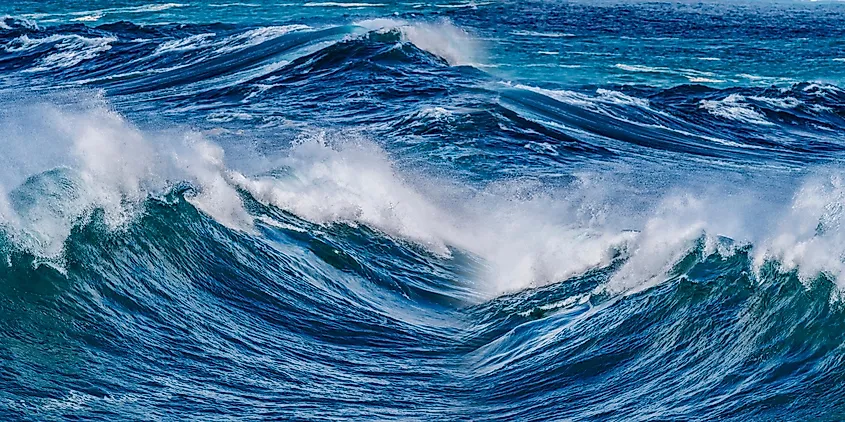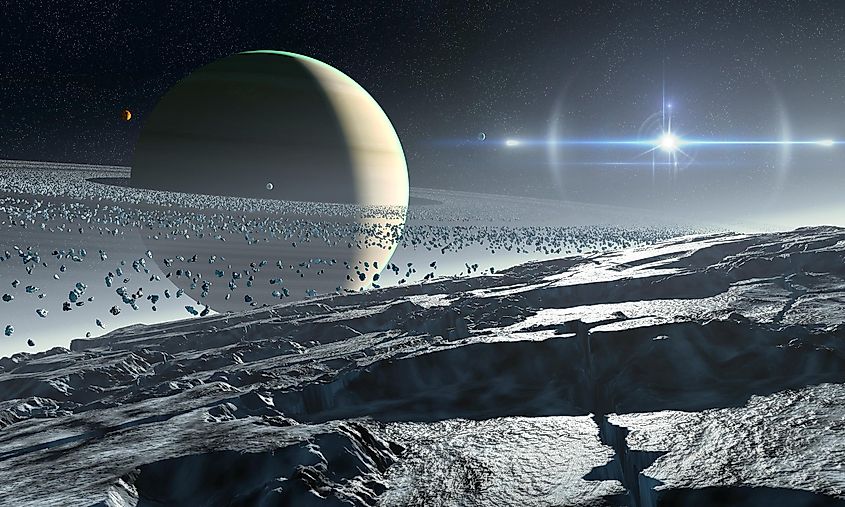
How Do Tides Work?
If you have ever been to the ocean or live near the shoreline, you have likely noticed how the ocean moves back and forth relative to the shoreline. These movements are the ocean tides, and they are a direct result of how the gravitational pull between the sun and moon impacts Earth. In total, there are three primary factors that create Earth’s tides: the moon, the sun, and the rotation of Earth. How do these three factors interact to cause the tides?
How Do Oceans Move?

Similar to how Earth orbits the sun, the moon orbits Earth. Earth is much larger than the moon and exerts a strong gravitational pull on the latter. This gravitational pull keeps the moon in orbit, yet the moon also has a gravitational pull that has an impact on Earth. The moon’s gravitational pull is small compared to Earth's, but it is strong enough to cause discernable changes. Furthermore, the moon orbits Earth in an elliptical shape. Thus, the distance between Earth and its moon changes depending on where the latter is. Sometimes, the distance is small, and other times it's larger. The gravitational pull of the moon will be strongest at its closest point and weakest at its furthest one. The changing gravitational pull between Earth and the moon is what creates the tides. In fact, this type of gravitational force is referred to as tidal force. Although we think of Earth as spherical, the moon’s gravitational pull stretches Earth into a slightly oval shape. This distortion of Earth’s shape is negligible on solid land. However, since water is a fluid, the effect is far more noticeable in oceans. The moon’s gravity creates two bulges on Earth, one directly underneath the moon and one on the opposite side of Earth. It’s at these two bulges where high tides occur. The other regions of Earth experience low tide. As Earth rotates, the locations of high and low tides change, causing the ocean to move back and forth. In addition to the moon’s gravity and Earth’s rotation, the sun’s gravity also impacts Earth’s tides. When the moon happens to line up with the sun relative to Earth, their combined gravitational pull creates extra-high tides.
Tidal Forces On Other Planets

The gravitational relationship between Earth and its moon is not unique in the solar system. Although Earth is the only known planet with oceans of liquid water on its surface, it is not the only one that experiences tidal forces. There are two notable examples in the outer solar system: the moons of Jupiter and Saturn. Like Earth’s moon, the moons of Jupiter and Saturn orbit their parent planets in elliptical orbits. The extreme gravitational pull of the gas giants pulls on their moons, stretching them into oval shapes. The amount of gravitational force impacting the moons will be dependent upon their distance from their host planet. As the moons orbit their planet, they are stretched and compressed, back and forth. For Jupiter’s icy moon Europa, these tidal forces have an interesting impact on its interior. Europa is primarily composed of water ice, and the gradual tugging on the moon generates a tremendous amount of friction in its core. This friction generates heat that melts subsurface ice to form a gigantic subsurface ocean of liquid water. For Saturn’s icy moon, Enceladus, the exact same process is occurring with the same result. Earth is unique in a lot of ways, but it isn’t the only world that experiences tidal forces.











